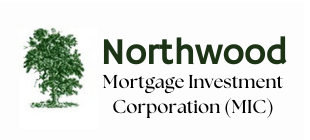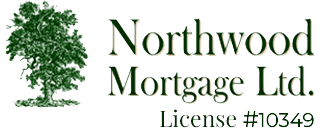Many people struggle with the decision to buy or lease a home. It’s important to know if you want to own a home before getting yourself entrenched in the process of a real estate mortgage.
But once you determine that you’re ready for homeownership, the next step is to choose a home you can afford. With each mortgage payment, you will be building equity in your own place. It’s essential to consult a mortgage professional to help you determine how much mortgage you can carry comfortably. This will help you evaluate your financial position and set achievable goals concerning the repayment timeline.
Whether you’re a first-time homebuyer or you want to ensure that you’re ready for your next property purchase, here’s a simple guide for the real estate mortgage process:
How much debt can you afford?
A mortgage has four components that affect the affordability of a property and the mortgage, namely: principal, interest, taxes, and insurance. The principal is the total worth of the property for which you hope to be financed. This is usually about 80% of the property’s value. The interest refers to the amount of money you pay the lender for financing your mortgage loan. Property taxes are paid in perpetuity, depending on the location of your home. Insurance is also a lifetime cost that depends on the value of your property.
Lending institutions and mortgage insurers use a formula to determine whether you can afford a mortgage. It can be assessed based on your gross debt service (GDS), which includes your total homeownership costs discussed above, including mortgage payments, property taxes, and other fees. The second measure is your total debt service (TDS), which includes the GDS and debt payments (credit cards, loans, lines of credit), relative to your income. In order to qualify for mortgage insurance, the maximum permitted GDS ratio is 39%, and the maximum allowed TDS is 44%.
How soon can you get the down payment?
For many Canadians, your home is the biggest single purchase you’ll ever make. Getting a mortgage allows you to stretch the payments out over a few years, so you don’t have to save the full $500,000 (national average home price) before moving into your own home. The minimum down payment required for a home is 5%, which translates to about $25,000.
Get Your Mortgage Pre-Approved
You must get a mortgage pre-approval before you can start looking for your new house. A pre-approved mortgage implies that the lending institution has already vetted you for a specific mortgage amount after investigating your financials, including credit rating and income. You will know how much you can spend, your interest rate, and even your monthly payments.
Mortgage pre-approval is the first step in your mortgage approval process and will allow you to move fast and place an offer, which is crucial in a competitive housing market. This, however, doesn’t mean that your mortgage is guaranteed. But if you make an offer on a home you’re interested in, the lender will assess its value to ensure it’s reasonably priced, update your application with specific figures from the property, and re-verify your financials before giving their final approval.
If you can’t put up at least 20% of the down payment, then you must get mortgage insurance. The final mortgage will then be signed off with the approval of the mortgage insurer.
Final Note
The mortgage pre-approval locks in the lender’s mortgage rate for a specific period of 60, 90, or 120 days while you look for a house. So, rising interest rates won’t affect the agreed rates during the period. Also, keep in mind that federal mortgage rules require all borrowers to pass a financial stress test of 200 basis points above the contracted rate (the 5-year Bank of Canada Benchmark) to qualify for a mortgage.
For more information on real estate mortgages, call Northwood Mortgages at 866-307-0747 or contact us here.






































